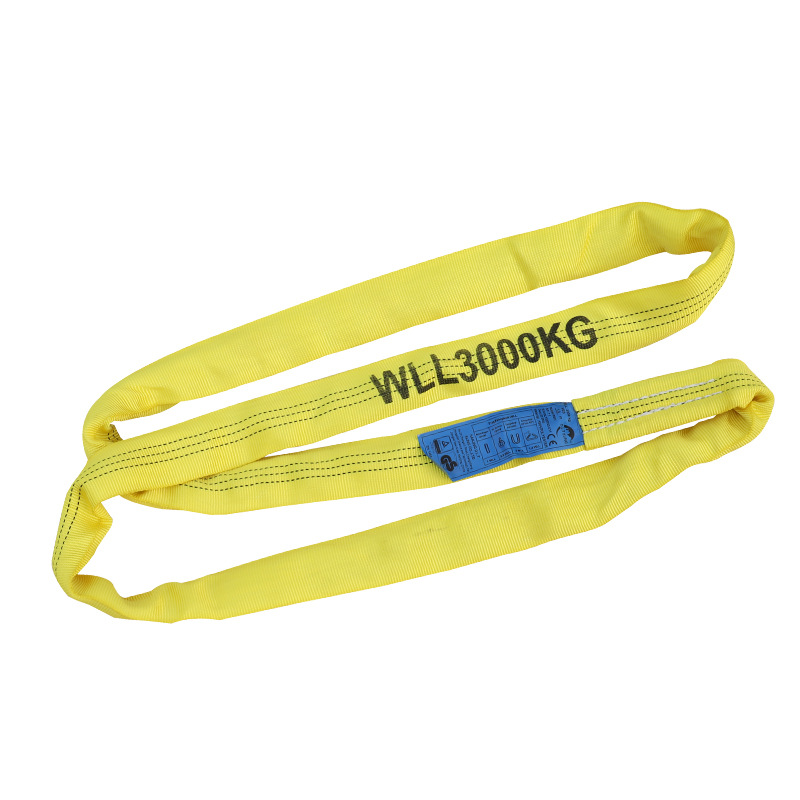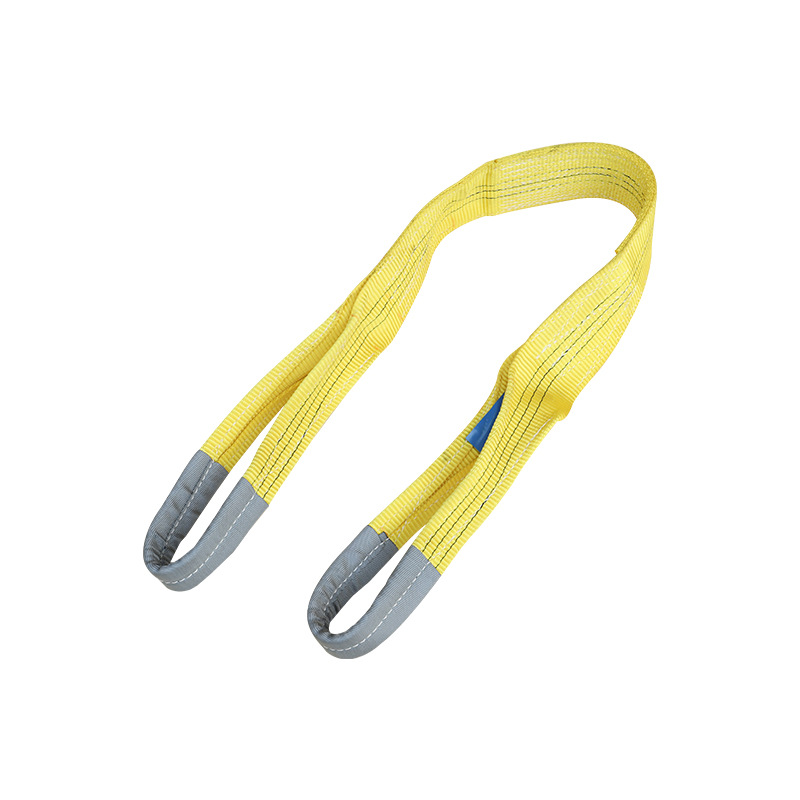Proper storage of round slings is crucial for ensuring their longevity and maintaining their performance and safety. In this blog post, we will discuss some essential tips and guidelines on how to store round slings effectively. By following these recommendations, you can extend the lifespan of your slings and enhance workplace safety.
Choose the Right Storage Area:
Select a clean, dry, and well-ventilated area for storing round slings. Avoid locations where slings are exposed to direct sunlight, extreme temperatures, chemicals, or corrosive substances. Ideally, the storage area should be dedicated solely to slings, preventing them from being mixed with other equipment or materials.
Avoid Sharp Edges or Abrasive Surfaces:
Ensure that round slings are stored away from sharp edges, abrasive surfaces, or objects that can cause damage. Use racks, shelves, or storage containers with rounded edges or padded surfaces to prevent any unnecessary wear or tear on the slings.
Training and Documentation:
Train your employees on proper storage practices for round slings and document these procedures as part of your safety protocols. Ensure that all personnel involved in the handling and storage of slings are aware of the importance of proper storage techniques and are knowledgeable about the characteristics and limitations of round slings.
Coil and Secure Properly:
When storing round slings, coil them neatly on a suitable storage device or within a storage container. Avoid excessive twists or kinks in the slings, as they can weaken the fibers and compromise their strength. If using a storage container, make sure it is the appropriate size to prevent over-compression or excessive pressure on the slings.
Label and Organize:
To facilitate easy identification and retrieval, label each stored round sling with relevant information, such as its capacity, length, and date of last inspection. Organize the slings based on their specifications or designated usage to streamline your operations and ensure quick access when needed.
Periodic Inspection and Maintenance:
Even during storage, it is crucial to conduct periodic inspections of the round slings. Follow the manufacturer's guidelines regarding the frequency of inspections and maintenance procedures. Regularly check for signs of degradation, including fraying, UV damage, or loss of elasticity. Replace any slings that do not meet the required safety standards.
Clean and Inspect:
Before storing round slings, it is essential to thoroughly clean them to remove any dirt, debris, or contaminants. Inspect the slings for any signs of damage, such as cuts, abrasions, or broken stitching. If any defects are found, remove the sling from service and have it repaired or replaced.


